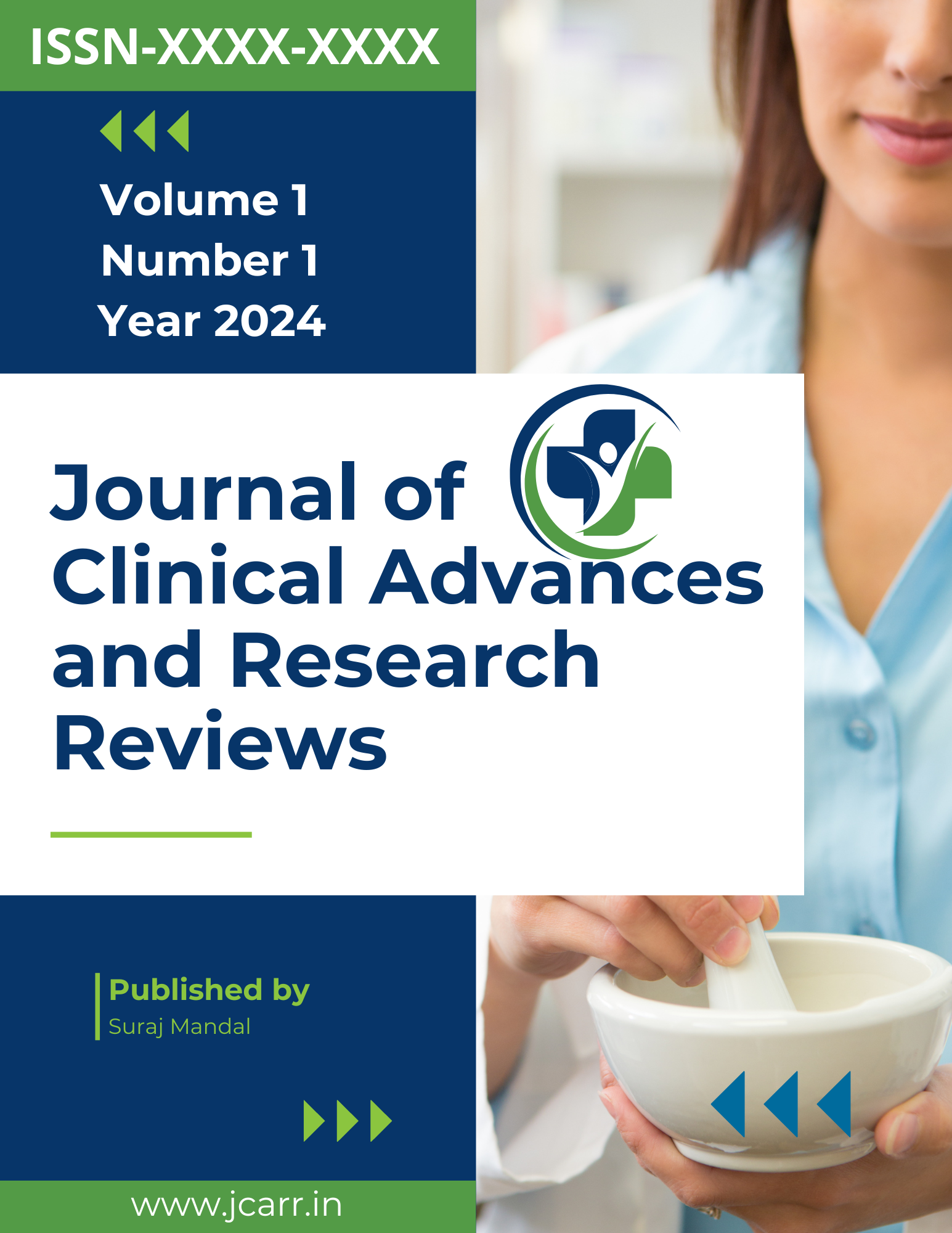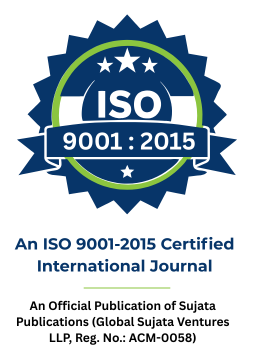Innovations in Transdermal Drug Delivery: Strategies, Challenges and Future Directions
Keywords:
TDDS, Strategies, Components, Functions, SystemsAbstract
Transdermal drug delivery systems offer an efficient and non-invasive means of administering therapeutic agents through the skin for systemic distribution. This approach bypasses the gastrointestinal tract, avoiding issues such as enzymatic degradation and first-pass metabolism, while offering sustained release and improved patient compliance. The skin's barrier properties, primarily the stratum corneum, present challenges for effective drug penetration, requiring the use of various enhancement strategies like chemical penetration enhancers, physical methods (e.g., iontophoresis, microneedles), and formulation technologies (e.g., nanoparticles, liposomes). Key factors influencing transdermal delivery include drug physicochemical properties, formulation design, and skin characteristics. Advancements in formulation technologies, coupled with an improved understanding of skin physiology and drug permeation mechanisms, continue to expand the application of transdermal delivery across various therapeutic areas, offering promising avenues for personalized medicine and enhanced patient care.

Downloads
Published
Issue
Section
License

This work is licensed under a Creative Commons Attribution-NonCommercial 4.0 International License.



